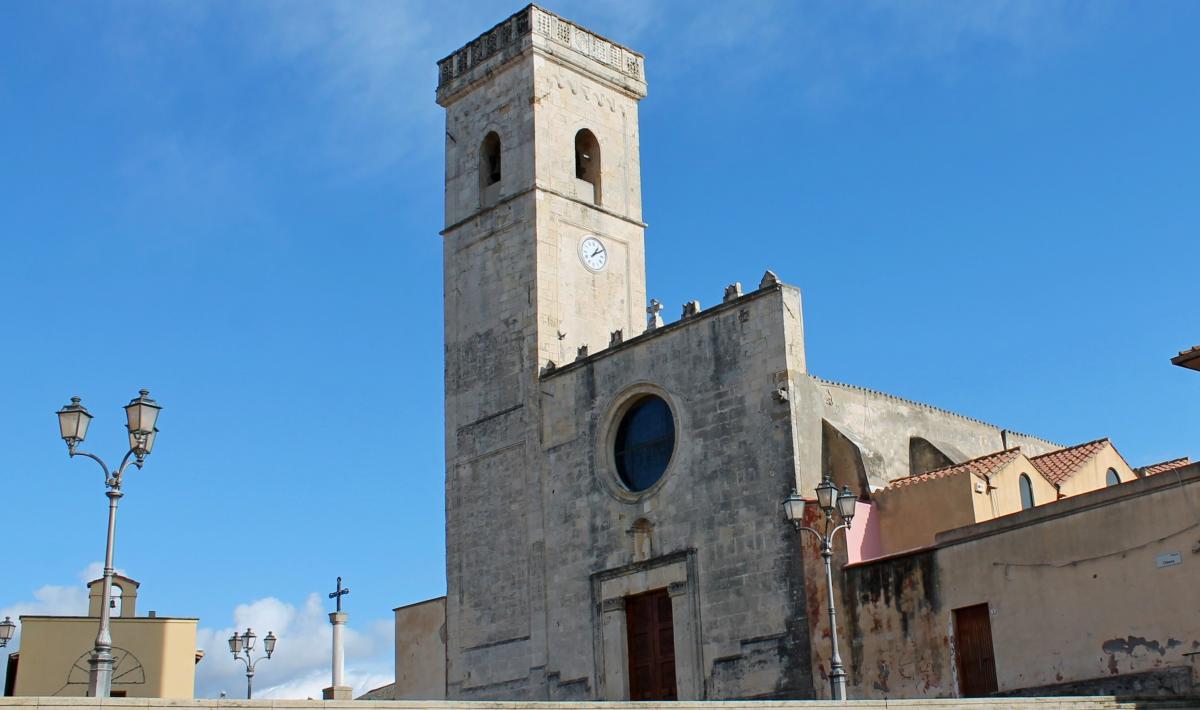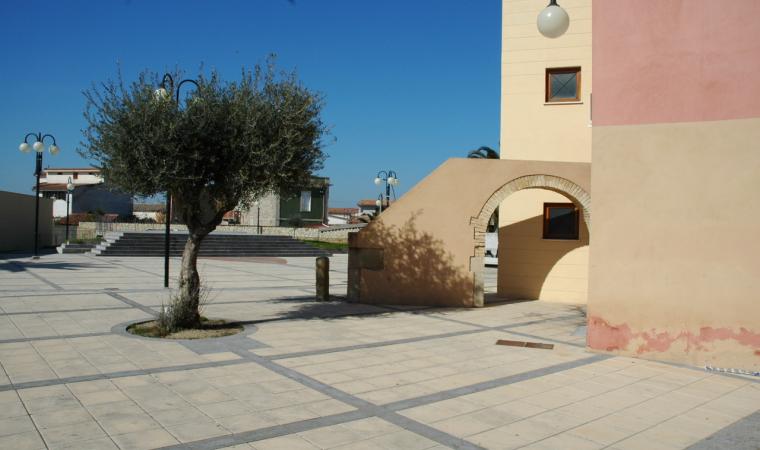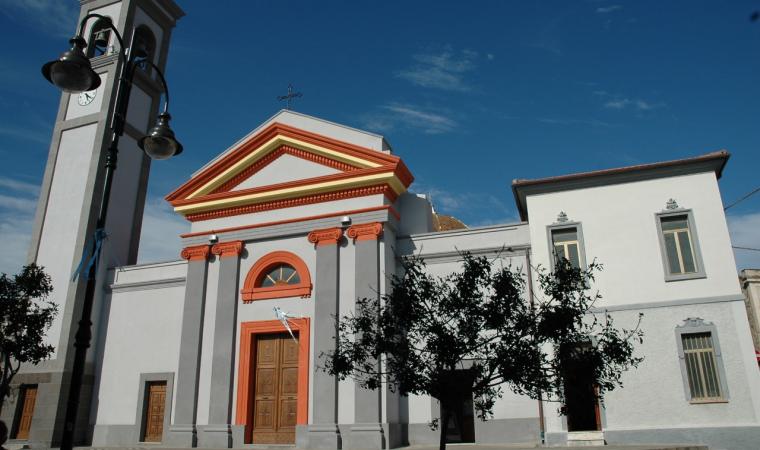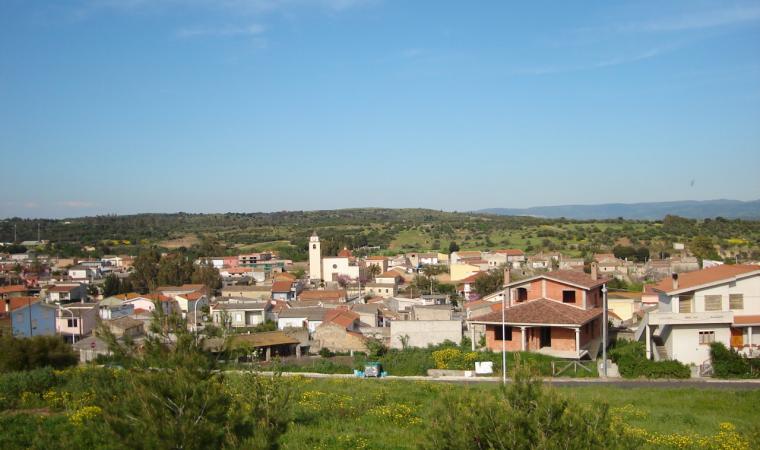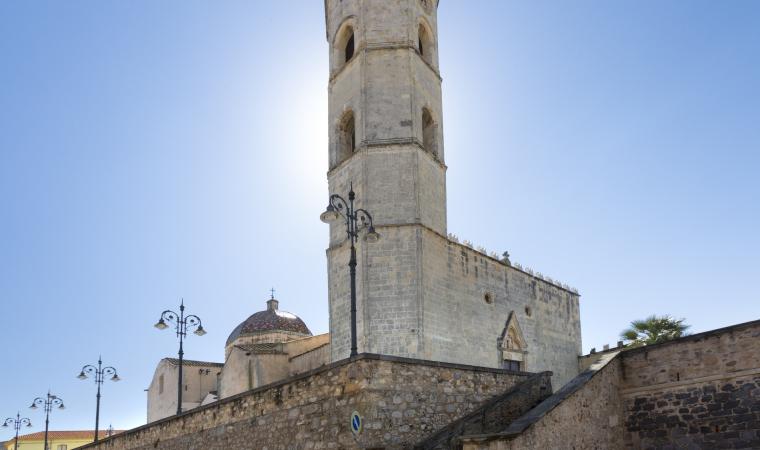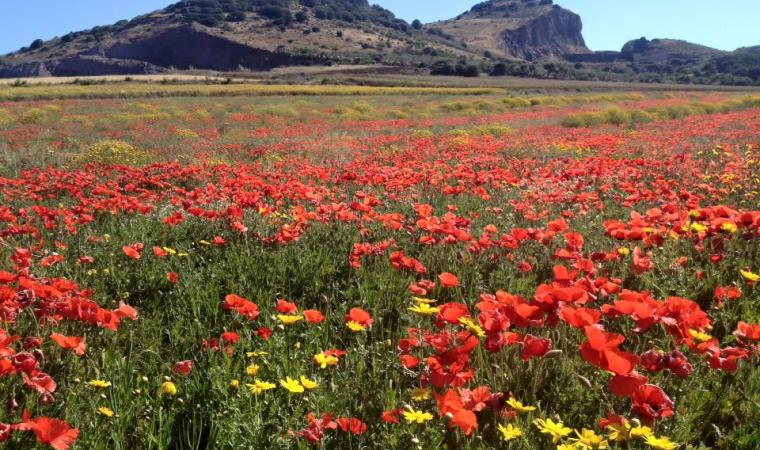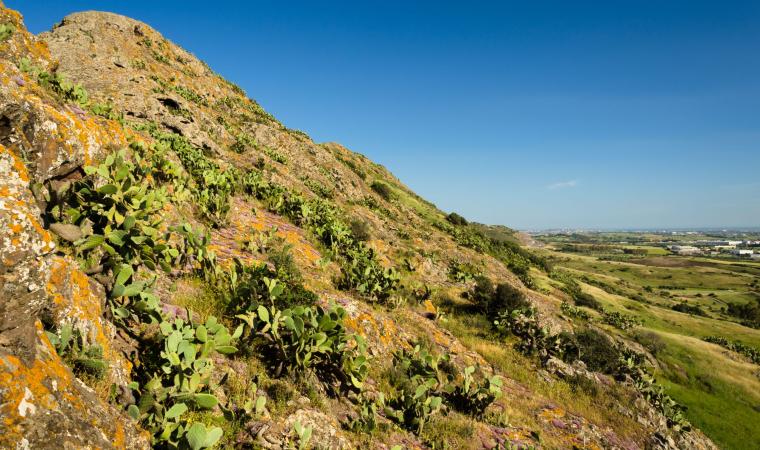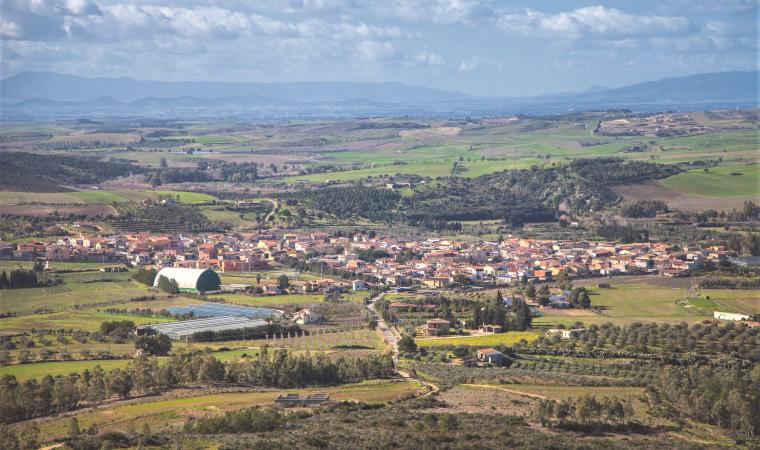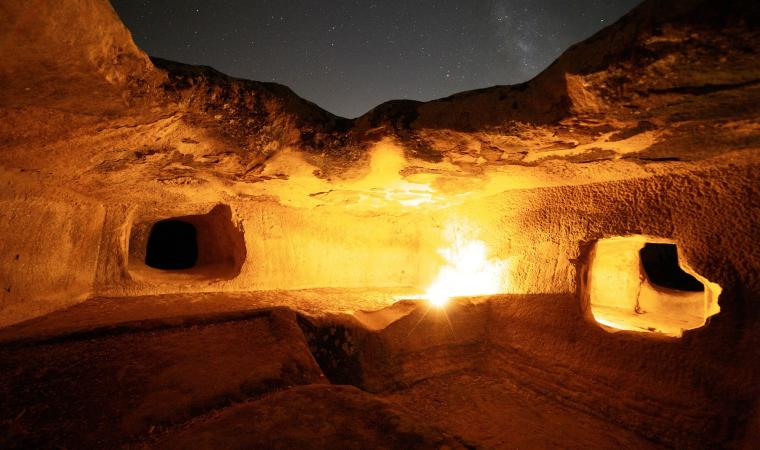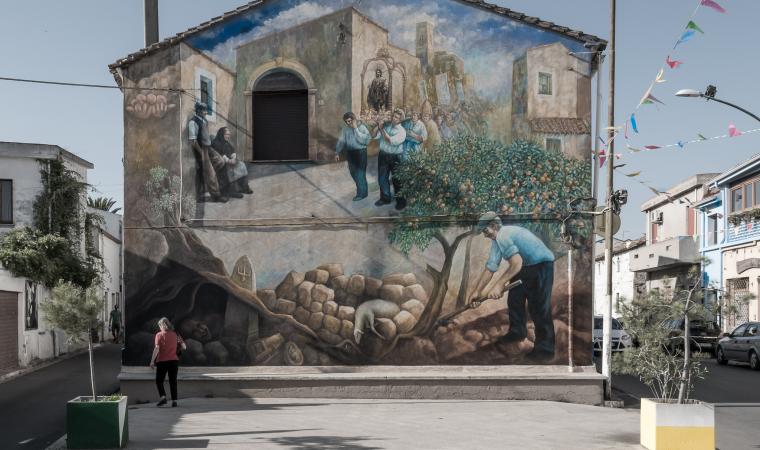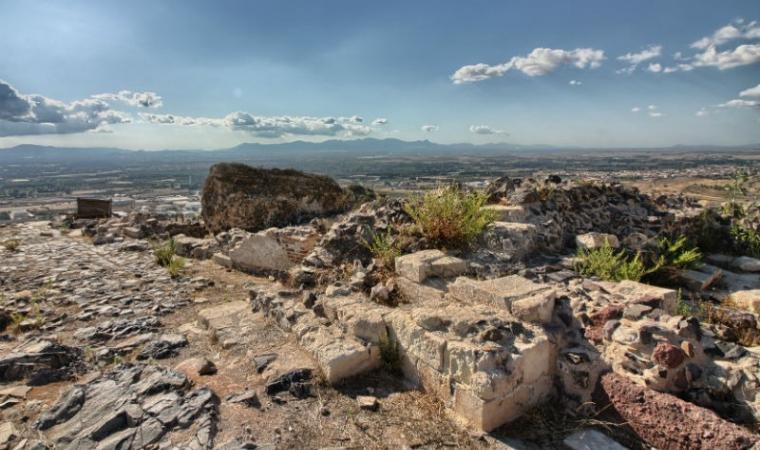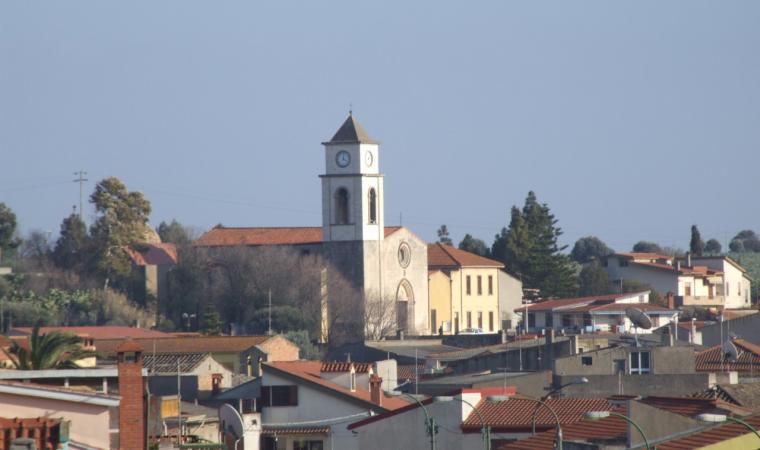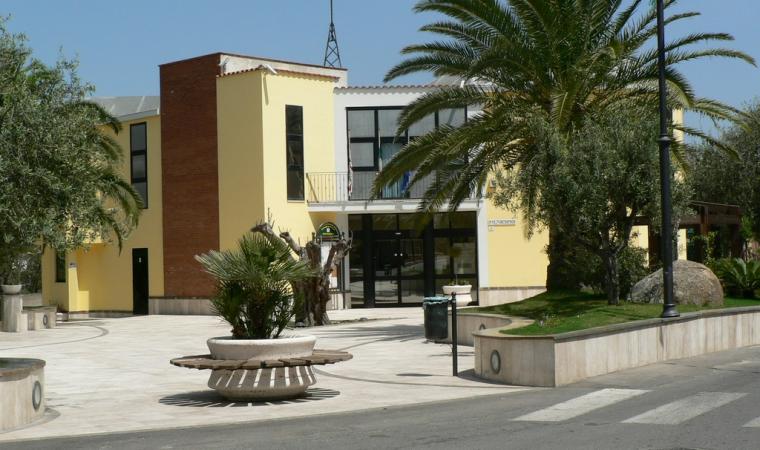It extends on a plain dotted with moderate, isolated limestone hills inhabited since prehistoric times. Nuraminis is a town of 2600 inhabitants in southern Sardinia with a tradition of cereal farming, which is reaffirmed by Cereal Festivals in mid-June and by hand sowing in December. Its territory is characterised by rare geological features, destinations for climbing enthusiasts, which can be reached via mountain bike or horse trails. The most notable of these are the lava domes of Mount Leonaxi, the fossils of Genna Siustas and Mount Murroni and the limestone cuesta of Coa Marfine, known as the limestones of Villa Greca. A natural monument that stands out from the surrounding landscape is a kilometre-long rocky ridge, the remains of an ancient coral reef. These geological features also contain archaeological sites. From the top of Matta Murroni, you can admire megalithic walls and by cuesta peak, the ruins of Sa Corona, a proto-nuraghe dating to 3000 BC, a unique example of prehistoric architecture. At the foot of Leonaxi, there is a multi-layered site (‘courtyard’ nuraghe or fortified complex), with walls constructed using a series of different techniques. Santa Maria is another such ‘multi-layered’ site. Inhabited from 3000 BC to the Early Middle Ages, it consists of the ruins of a village, a burial ground, a holy well and a church. In Genna Siutas, stands Funtana ‘e Siutas composed of four large slabs with a hole for drawing water, and a staircase for accessing the pool. Just 500 metres away, there is the Serra Cannigas complex. A corridor nuraghe associated with a tholos and a fortified structure that takes advantage of the rockface on which it is set to form an artificial terrace. On the eastern slope, traces of sheds can be seen. Artefacts found here show that the area has been inhabited for thousands of years. Small vases, fusaroles and copper ornaments now on display at the National Archaeological Museum in Cagliari were found inside two shaft tombs located in the same hill. On another hill there is a Nuragic complex called Nuraxi and an adjacent village. Sa Grutta is a Neolithic site. It is a large cave that opens onto smaller chambers resembling a Domus de Janas.
The Parish of San Pietro Apostolo has great architectural value. It was built in the Catalan Gothic style that was later altered, with the bell tower (thirty metres high) and the starred vaulted ceiling in the apse remaining unaltered. The niches and Byzantine age marble fragments have historical interest. The chancel and the lateral chapels hold wooden and marble altars, statues and paintings, including an altarpiece depicting the Mysteries of the Rosary (17th century). The Church of San Vito Martire, in Villagreca, is just as charming. Built in the 9th century, it is a rare example of Byzantine architecture on the island. It was reconstructed in the 18th century in the Catalan style. It houses the 16th century “sorrowful crucifix” from Flanders and two 18th century altars, one wooden and one marble. In the countryside, there is a small Romanesque Church of San Lussorio Martire that may have been built in the 12th century by Vittorini monks.

